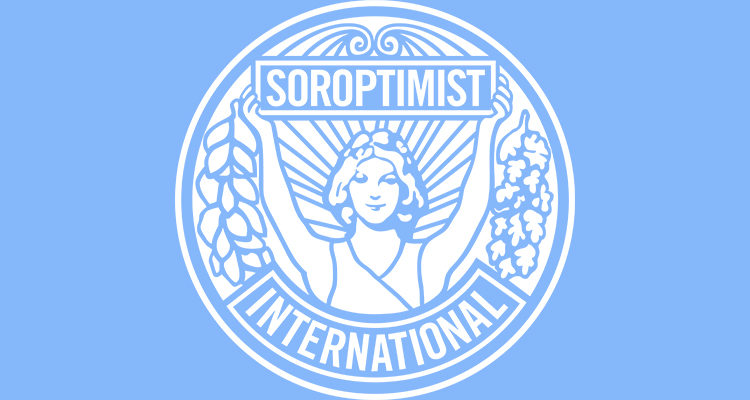A blog by Liliana Mosca, SI UN Representative in Rome.
“The issue of food security does not only indicate “the security of having enough food” but also the possibility for everyone to “access enough food for a healthy and active life”. The ability of people to feed themselves with dignity is a long-standing international human right to which many countries are committed.
However, after many years of decline, from 2005 to 2014, Food and Agriculture Organisation (FAO) reported that the prevalence of hunger was on the rise. The latest data confirms that this trend continues. The number of undernourished people globally rose from 777 million in 2015 to 815 million in 2016. Much of the worsening trend in global hunger is worsening in South America, Central Asia and most regions of Africa, where 257 million of whom 237 million in sub-Saharan Africa and 20 million in Northern Africa faced severe food insecurity.

Hunger globally continues to grow, threatening the efforts to achieve the 2030 Agenda for Sustainable Development, in particular the second Sustainable Development Goal (SDG) ‘Zero Hunger’. The causes of food insecurity are complex and interrelated: global economic conditions and worsening environmental conditions both contribute and, in many countries, food insecurity has worsened in areas affected by conflict, which is often exacerbated by climate change.
Climate change emerges as a troubling problem that influences all others. Agriculture is one of the industries that is most exposed and vulnerable to climate change as it intensifies other stresses on global food production. Producing enough food for everyone in the world depends heavily on climate. Consider the critical role of water. Climate change alters rainfall patterns: some places will have too little water while others may have too much. Furthermore, according to a FAO study, it was recently discovered that the world’s capacity to produce food is being undermined by humanity’s failure to protect biodiversity.
In the light of these facts, it may seem impossible to see a world free of hunger by 2030. Achieving SDG 2 requires strong determination and policies that support better agricultural investments, providing agricultural subsidies and incentives, promoting children’s and women’s healthcare, prioritising nutrition programmes, and boosting production are some of the elementary practices that will be crucial in creating a zero hunger world by 2030″.


Awesome article on the topic of SDG 2. I read many articles about how Zero Hunger and the Climate change action connected. We had to address these goals equally because they depending on each other.
Hope in the future, we will see significant change and people become more patient and wise.
https://www.valuer.ai/blog/identifying-new-business-models-and-technologies-within-sdg-2
Fact, The issue of food security does not only indicate “the security of having enough food” but also the possibility for everyone to “access enough food for a healthy and active life. SDGCC is a NGO who is working on hunger. They want to achieve zero hunger in Haryana. If we want to reduce and achieve this goal then we have to work together as a team. The main aim of SDGCC is to achieve zero hunger in haryana.
everyone must be smart, and help with our goal.